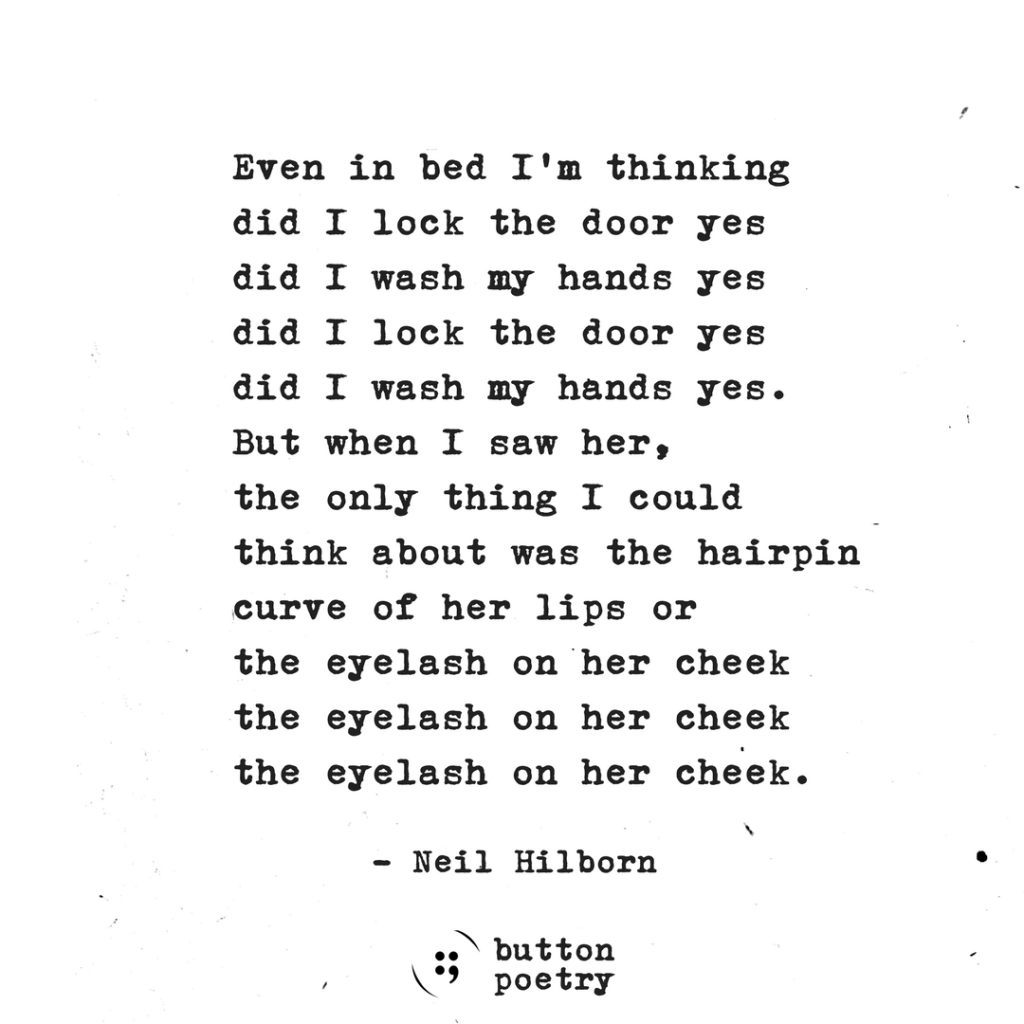Blog #3
“Tyger Tyger, burning bright,
In the forests of the night;
What immortal hand or eye,
Could frame thy fearful symmetry?
In what distant deeps or skies.
Burnt the fire of thine eyes?
On what wings dare he aspire?
What the hand, dare seize the fire?
And what shoulder, & what art,
Could twist the sinews of thy heart?
And when thy heart began to beat.
What dread hand? & what dread feet?
What the hammer? what the chain,
In what furnace was thy brain?
What the anvil? what dread grasp.
Dare its deadly terrors clasp?
When the stars threw down their spears
And water’d heaven with their tears:
Did he smile his work to see?
Did he who made the Lamb make thee?
Tyger Tyger burning bright,
In the forests of the night:
What immortal hand or eye,
Dare frame thy fearful symmetry?”
Analysis:
William Blake’s “The Tyger” raises existential questions about the unresolved concepts of nature and God. This questioning highlights the duality of life and the sanctity of its creations.
The diction used by the poet affirms that there is immense artistry in the act of curating life. Words like “frame”, “symmetry”, and “anvil” all evoke the imagery of an artist conspiring on how he shall perfect his creation, stepping back and observing his work. In this case, the artist is God. God, a general term to describe a supreme being, is the maker of all life on Earth. As an observer and result of this divine curation, the poet asks, “Did he smile his work to see?”, referencing God as “he”. The poet sees the beauty in the ferocious tiger but wonders what God himself thinks. This divinity the poet sees in the creation of life is very reflective of the romantic period. The period emphasized the importance of nature feeling we had strayed from the transcendent force that encompasses all that is and will be. Before the era of enlightenment, before the romantic period, conversing with God as if he were a human, that level of imaginative thought, would have been absurd. This factor makes the poem a product of its time.
The rhyme scheme further reinforces the sanctity of God as a creator. The pattern follows an ABAB format with every line rhyming with the next, thus emphasizing the perfection of God. Additionally, the rhyme scheme represents a balance within the concepts of good and evil, balancing each other in quantity, rhyming in their codependency. The real question is why would God create good and evil? To revere God’s artistry, one has to acknowledge that he intentionally created both spiritual entities. The author uses animals to convey the principle of this question asking explicitly, “Did he who made the Lamb make thee?”. God deliberately created the ferocious predator tiger yet also created the docile prey lamb. God’s, “immortal hand or eye”, contrived these symmetrical qualities of predator and prey reflecting how he contrived good and evil. Without both the predator and the prey, ecosystems innately collapse once again reflecting the codependency of good and evil; if there is a definition of good, there has to be an inverse definition of evil. However, if God is perfect, wouldn’t he only make good? Would he not want only the best representatives of his contrivance? This poem expresses the age-old question of God’s righteousness vs. the imperfect humanity of his subjects.
Fire and nature are commonly used motifs within the poem. One line asserts, “What the hand, dare seize the fire?”. This could be an allusion to Prometheus. Prometheus stole fire and gave it to humans against Zeus’ wishes. Zeus punishes Prometheus for eternity in response. In this allusion, is Zeus being selfish or is Prometheus being disobedient? The conclusion depends on an individual’s moral gradient. Once again, the concept of morality is being explored and questioned. In this line, the poet may conclude that morality is subjective, yet we still suffer from its lack of objectivity. The imagery of “forests of the night” and “distant deeps or skies” evoke a feeling of mystery; what lurks in the forest and beyond the sky? This props nature to be intrinsically elusive when asked to answer, in turn, questioning is only natural. This may be why humans concluded God is perfect because they will never get an answer.
In conclusion, The Tyger by William Blake ponders inquiries as old as time and nature itself. As long as humans live to observe the natural world, the questions will outnumber the responses (hence the amount of question marks).


